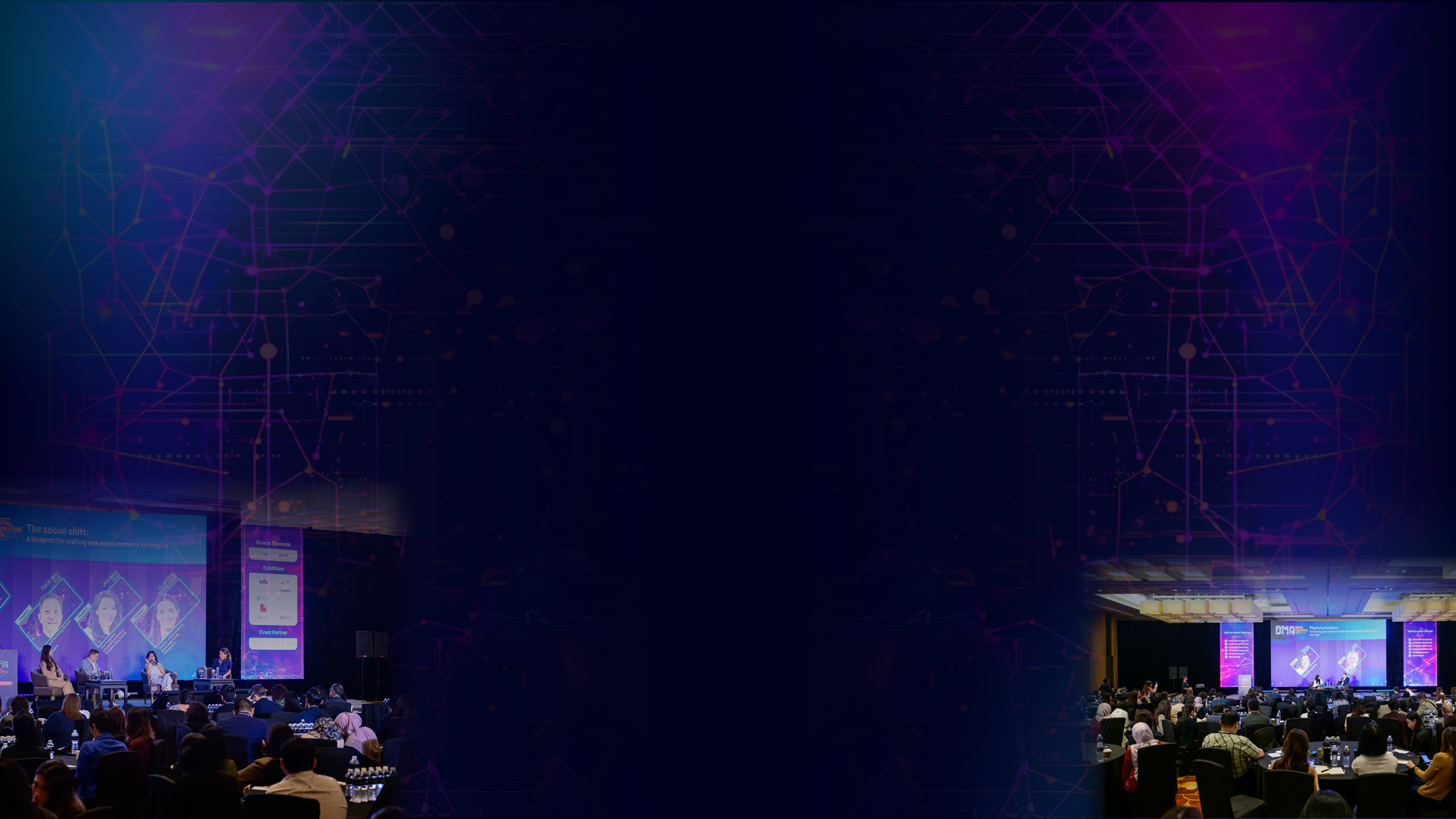



How brands can go Super Saiyan in the hybrid anime universe
share on
Anime has long been celebrated as one of Japan’s most potent cultural exports. Yet across Southeast Asia, the form is no longer merely imported entertainment - it has become a hybridised, regionally co-created cultural phenomenon. For brands seeking to tap into this fervent fanbase, understanding the evolution of anime in APAC is increasingly crucial.
“First of all, we should acknowledge that manga is itself a hybrid of traditional kibyōshi and American comic books,” noted Colin Goh, head of content and multimedia at SHE Singapore. “So yes, manga and anime are recognised as Japanese exports, but today it’s a shared cultural grammar across Asia.”
Goh emphasised that Southeast Asian creators are increasingly embedding local lore into anime-styled content. His own project, Dim Sum Warriors, illustrates the transnational journey of a culturally specific story finding resonance from New York to China to Singapore.
This regionalisation is not limited to one Asian market. Korean studios now co-produce with Japanese IP holders, and Chinese platforms commission original anime-inspired works. Meanwhile, regional hits such as the Philippines’ Trese - adapted into a Netflix series with Japanese collaborators - show that audiences prioritise narrative authenticity over geographic origin. As Goh put it: “Fans don’t care if a work comes from Tokyo, Manila, Jakarta, or Kuala Lumpur - they care if it feels emotionally true.”
Don't miss: Report: 20% of Indonesian Gen Z anime fans engage online, signalling brand opportunity
To understand this further, MARKETING-INTERACTIVE spoke with experts across Singapore, Malaysia, Indonesia, and the Philippines about how anime’s evolution into a hybrid, regional phenomenon is reshaping marketing strategies. A clear consensus emerged: authenticity, participation, and narrative depth are now paramount for brands seeking meaningful engagement with anime audiences.
Beyond visuals: Joining the pulse of fan communities
The growing hybridity of anime presents both opportunity and challenge for marketers. Farez Khan, founder of Zero Asia, framed this as a shift in cultural power: “Authenticity now lives in the tension between heritage and remix, and the smartest collaborations will embrace both.” For brands, that means moving beyond superficial visual tie-ins to genuinely participating in the culture.
At the heart of fandom is a demand. The line between acceptance and rejection rests on whether brands embody its emotional DNA: sincerity, creativity, and shared passion, Khan said.
Brands should position themselves as co-travellers in this expanding world rather than outsiders borrowing the aesthetic.
Meanwhile, Benjamin Lee, head of commercial and marketing at Beach House Pictures, also underscored the importance of authenticity: “If you are a fan yourself, you’re likely to be authentic. It will also help you possibly be a creator as well, rather than a passive brand participant.” His advice is simple: start by watching anime until it feels natural to join the conversation.
Turning to Indonesia, anime has shifted from a foreign import to a deeply integrated part of popular culture, influencing everything from early 1990s TV broadcasts to today’s vibrant cosplay and fan communities. Calvin, art director at Cheil Indonesia, noted: “Simply borrowing anime visuals isn’t enough. The challenge is how to marry global anime culture with local values, creating stories that resonate with young Indonesians who are creative, optimistic, and community-driven.”
The hybrid landscape now extends to content origin: Korean webtoon adaptations, Chinese donghua, and even Western anime-styled productions compete with Japanese originals for fan attention. What matters, Calvin noted, is the resonance of the story and its emotional stakes. For brands, two pathways emerge - collaborate with established Japanese IPs for heritage value, or embrace anime-styled content from other markets to ride fresh cultural currents.
How fandom turns brands into co-creators
Across interviews, one theme stands out: brands must shift from passive sponsorship to active participation, with Goh citing adidas’ 2022 collaboration with Japanese streetwear boutique BAIT - a hit sneaker design inspired by the Colossal Titan’s exposed muscles and bones.
“Creativity can also be in audience outreach and engagement. Netflix’s promotion of Trese conveyed commitment to Southeast Asian stories and didn’t hawk it as just a wannabe anime,” he added.
Khan pointed to McDonald’s 2023 ‘WcDonald’s’ campaign as a key example - an homage to a long-running anime trope that both respected the source material and enriched the culture.
Carlos Mori Rodriguez, chief innovation officer at EON Group in the Philippines, also framed participation as adding value to the culture itself: “Participation means you add something the culture actually needs…co-produce shorts or music videos. Underwrite creator residencies for illustrators and animators. Build immersive spaces at cons where fans co-create content.”
He pointed out that genuine participation moves beyond logos on banners. Pop-ups and hubs become cultural gathering points, hosting meet-ups, premieres, and drops. With Infinity Castle, he imagines brand-backed marathon screenings and creator panels; with K-Pop Demon Hunters, official dance challenges where winning routines are folded back into music videos. For Rodriguez, that’s how brands enter a circular, participatory economy of fandom.
The wider context, he argued, is that anime is no longer a one-way Japanese export but a regional co-creation. Southeast Asia contributes talent, aesthetics, and original stories layered on top of Japanese IP. Infinity Castle underscores Japan’s pull, while K-Pop Demon Hunters illustrates how anime visuals fused with K-pop can dominate feeds. That shift changes how brands must behave: no more “license and paste.”
Similarly, Calvin stressed that engagement must be embedded in communities. Practical steps include co-creating within fan communities, creating platforms for expression, and facilitating access to creators or special screenings. “By embedding themselves in these ecosystems, brands move beyond short-term sales gains and build genuine emotional equity,” he said.
Investment over advertising
The commercial potential of anime extends far beyond viewership. Goh noted, “Anime powers billion-dollar ecosystems in gaming, cosplay, and merchandise.” For brands, the most credible strategy is to fund co-productions, support creators, or invest in fan conventions.
Dentsu data shows anime fandom’s spending power, with 31% of Thai viewers and 23% of Indonesian viewers each spending over US$200 on merchandise in the past year.
Goh encapsulated the philosophy succinctly: “It might be smart for brands to fund comics anthologies in Southeast Asia to spotlight new talent - to create cultural value, not just expand marketing reach.”
Advertising buys impressions; investment builds long-term loyalty.
Anime’s narrative approach offers marketers a blueprint for long-term audience engagement. Character-driven arcs with gradual emotional payoffs cultivate deep attachment. Calvin observed: “Anime demonstrates that deep connections are built over time through consistent storytelling. Audiences can feel a sense of belonging with brands if the storytelling is authentic, consistent, and emotionally resonant.”
Rodriguez expanded on the narrative principle in the hybrid space: “Anime is a masterclass in slow-burn emotional payoff. Show your vulnerabilities, not just your victories. Use strong visual motifs the way anime uses symbols. Fan theories, edits, covers, dance challenges are the connective tissue that keep a story alive between releases.”
In essence, anime marketing demands patience, cultural literacy, and respect for community dynamics. Brands that treat audiences as collaborators, rather than targets, stand to cultivate loyalty that transcends a single campaign.
Accelerate your brand’s growth with AI-first strategies, emerging tech and data-driven experiences. Join 500+ marketing leaders at Digital Marketing Asia 2025 Singapore on 24–25 September to uncover transformative trends, real-world wins and powerful ideas for 2025 and beyond.
Related articles:
Crunchyroll launches dynamic campaign for new anime title additions
Channel C apologises after livestreaming host gives Nazi salute at anime event
Crunchyroll and Telkomsel enhance anime streaming experience with bundling packages
share on
Free newsletter
Get the daily lowdown on Asia's top marketing stories.
We break down the big and messy topics of the day so you're updated on the most important developments in Asia's marketing development – for free.
subscribe now open in new window
